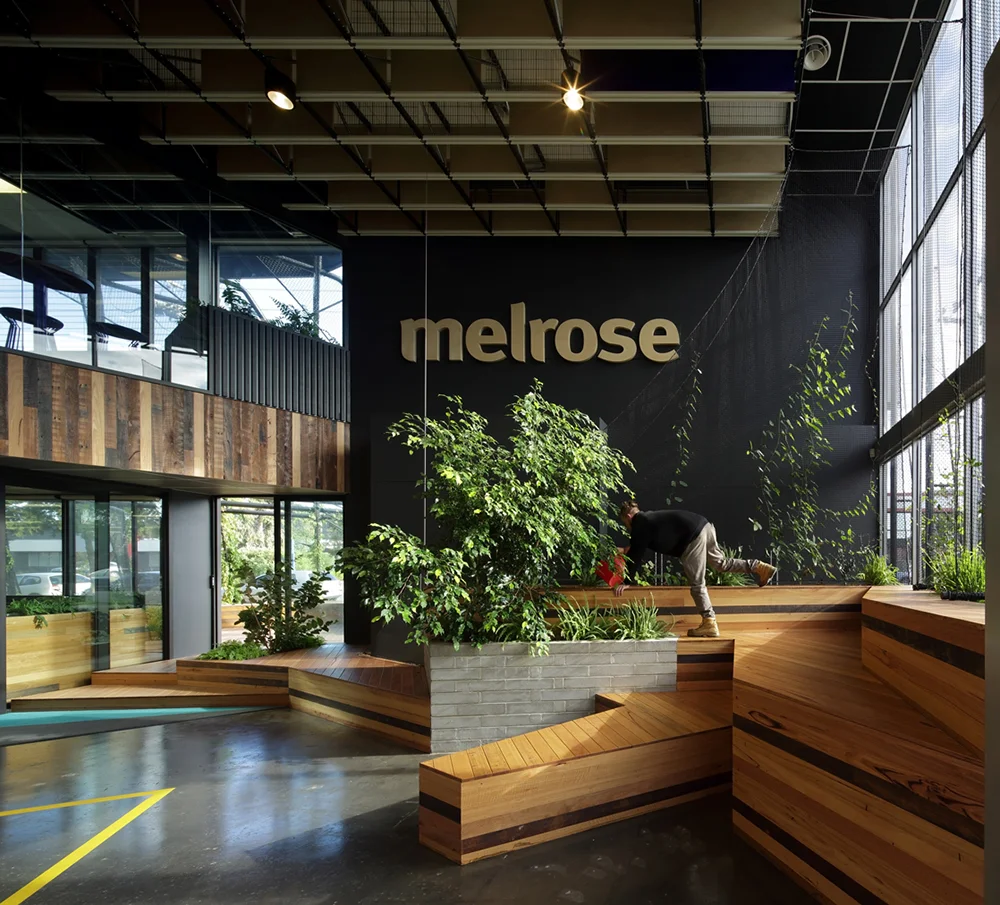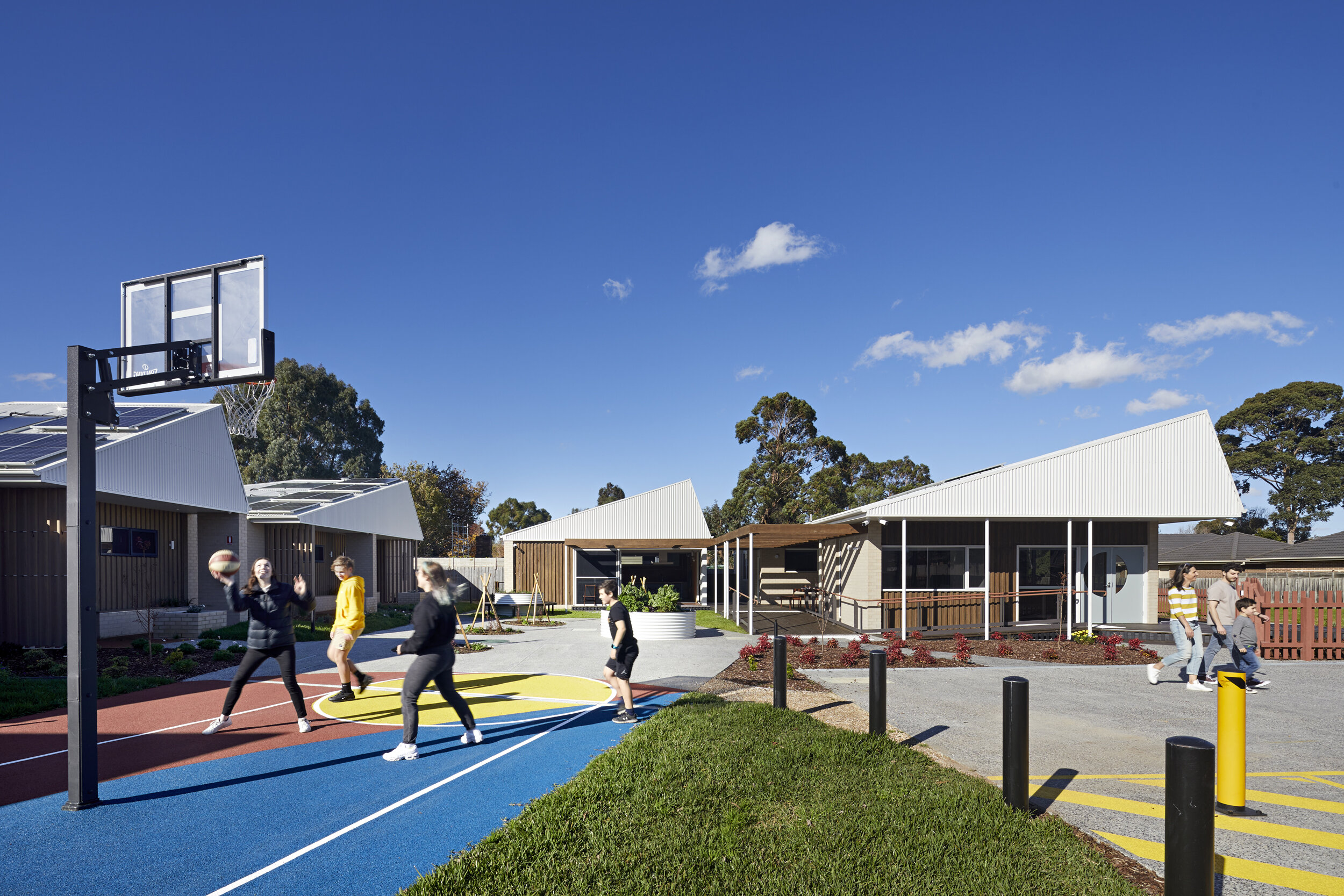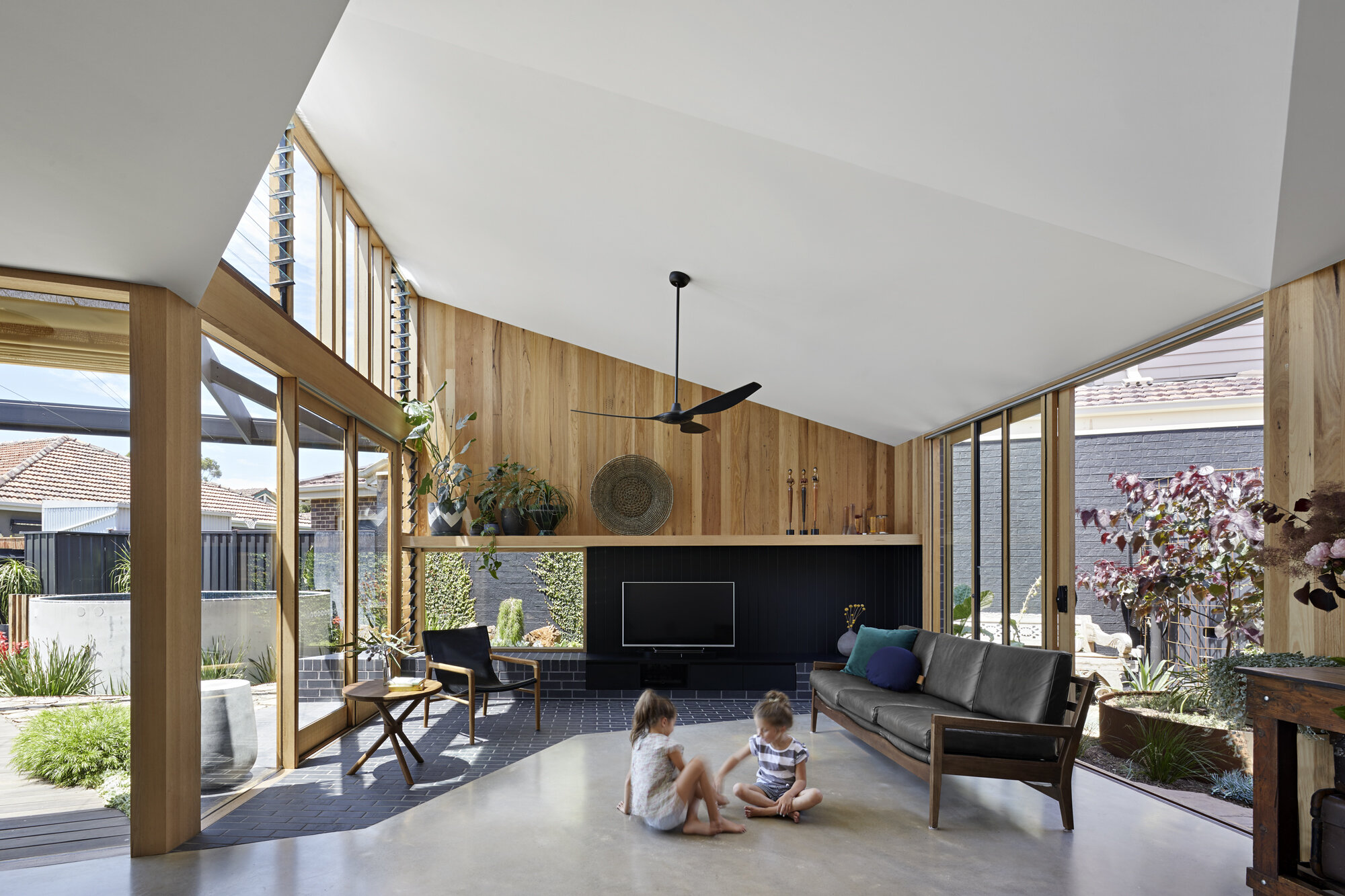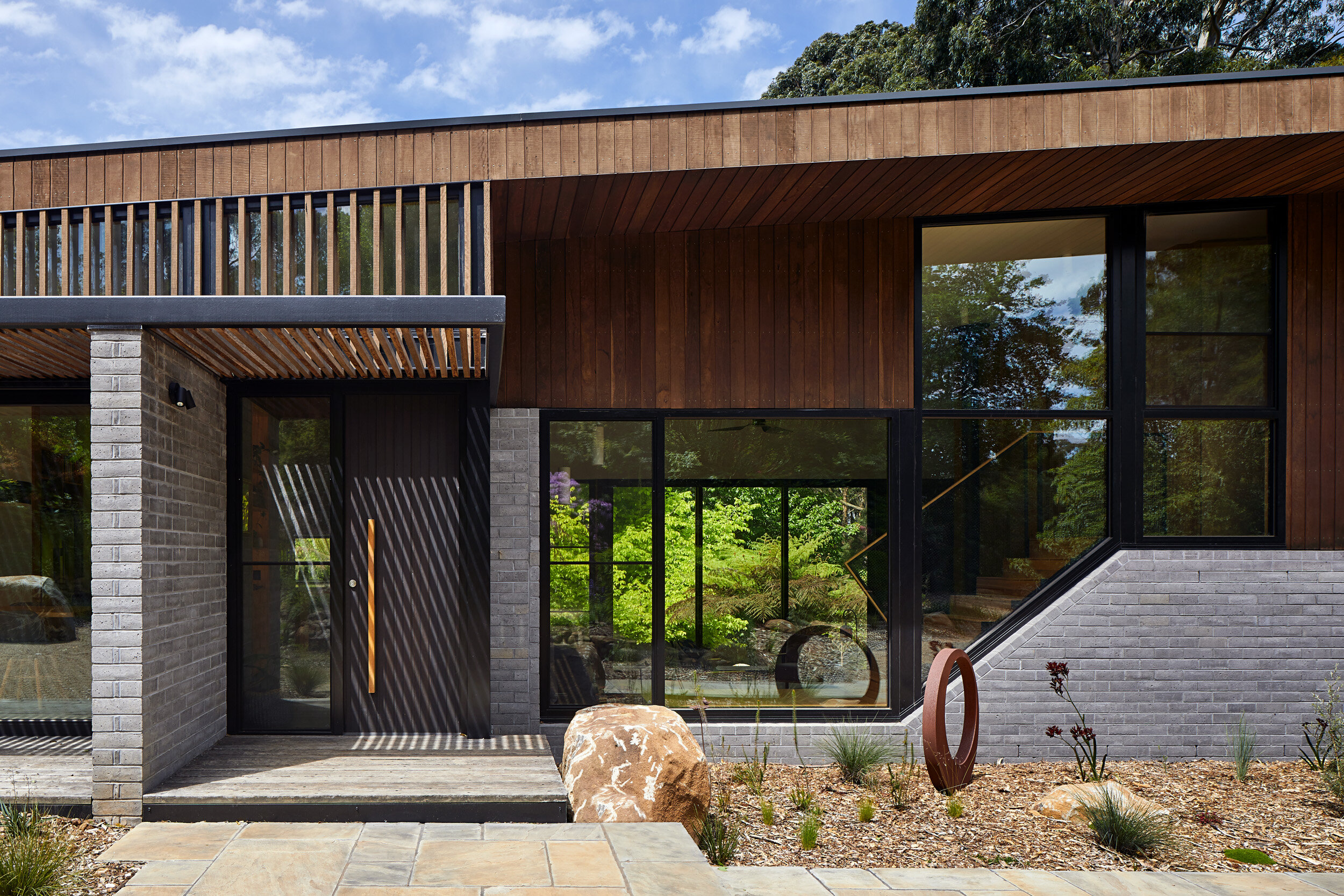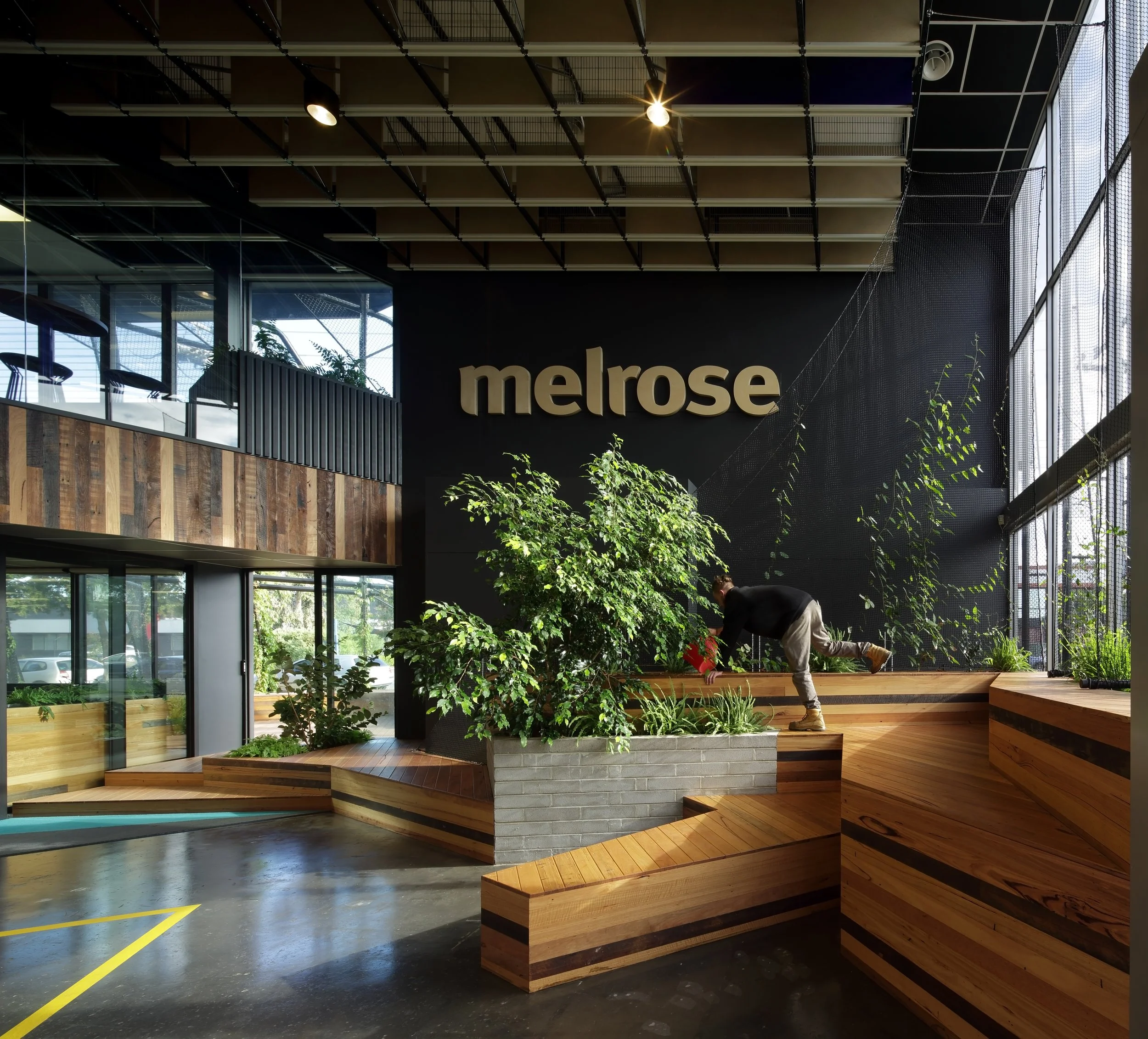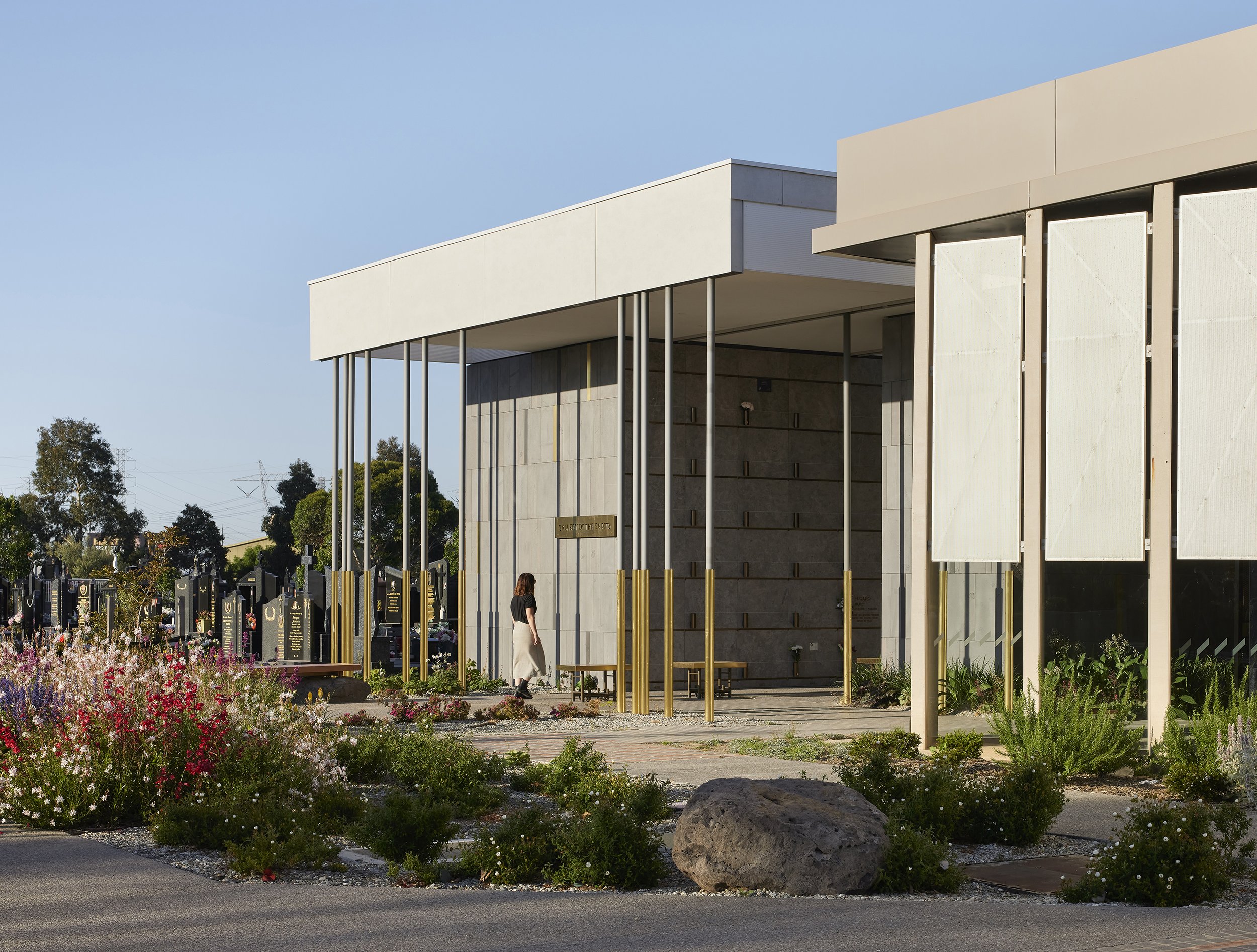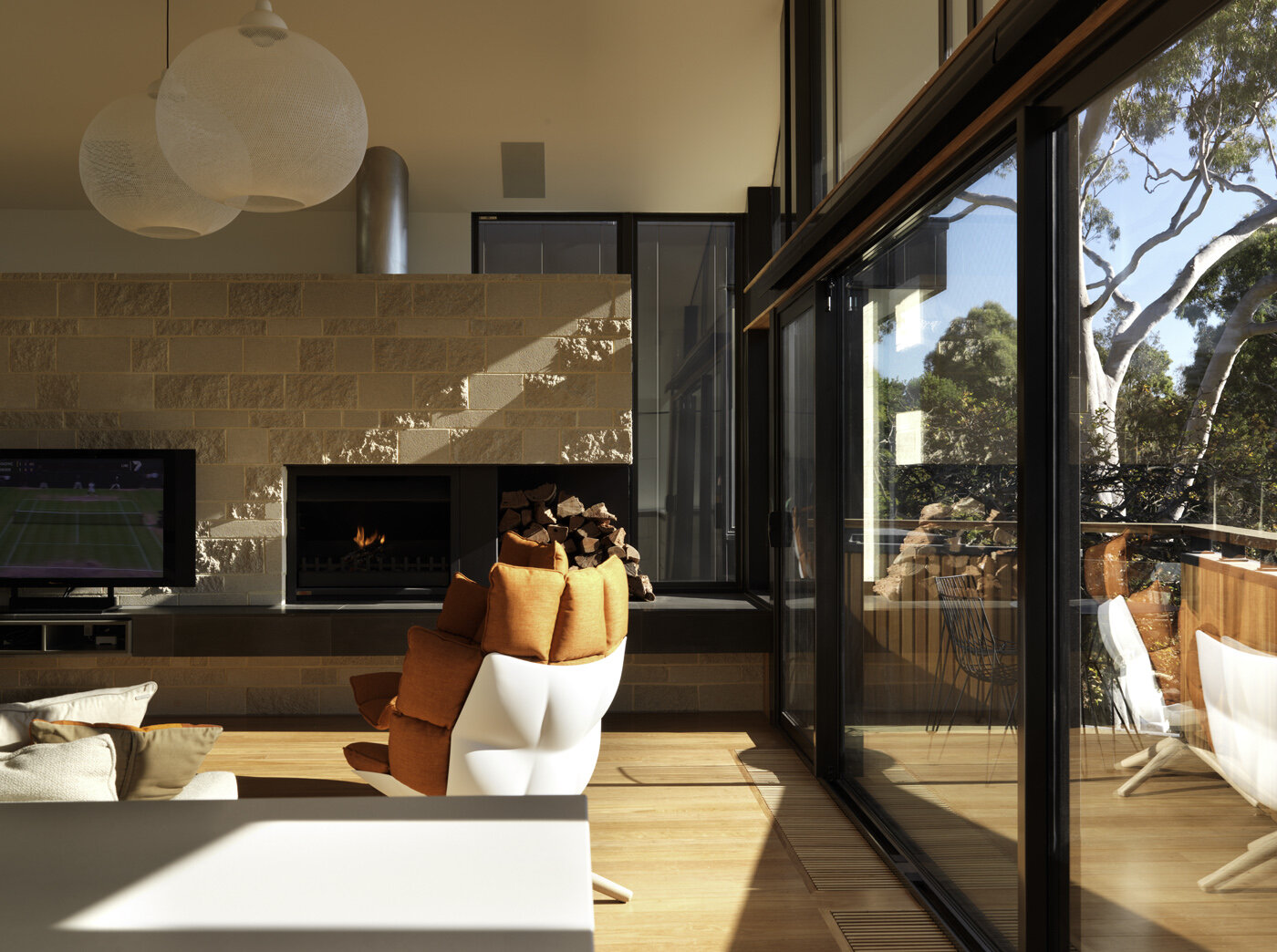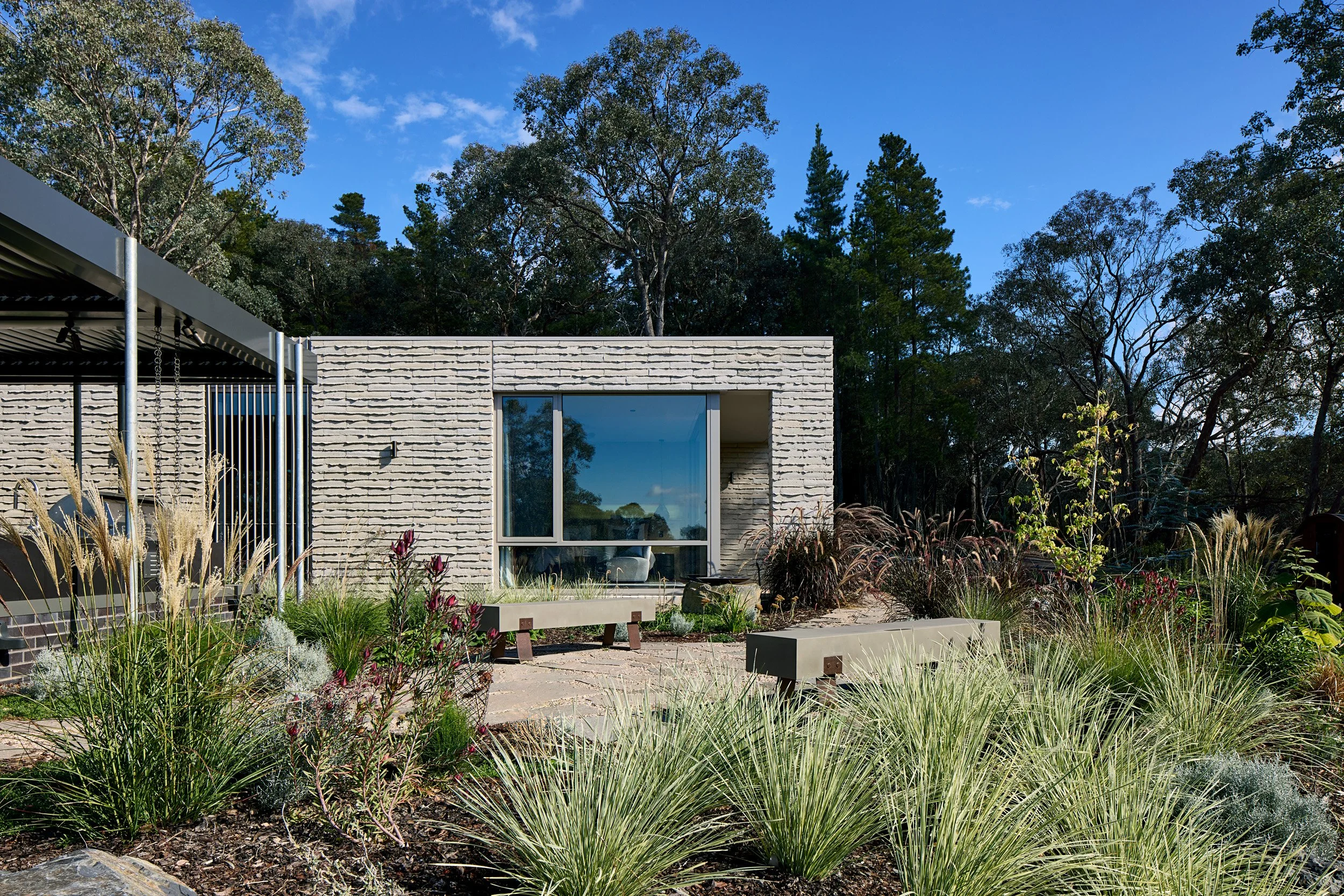Are you feeling run-down? Tense? Constantly on edge? These are all symptoms of our modern, hyper-connected world, but there is a treatment showing promising signs of improving people's moods which could be exactly what you need to calm your nerves. It's not an expensive pill, a claustrophobic float tank or even a multi-day wellness retreat complete with something involving colons that we don't want to think too much about (ew). In fact, it's affordable, plentiful and available at your local Bunnings.
The answer? Plants and greenery.
Which sounds too good to be true, doesn't it? But growing research (pardon the pun) points to the health benefits of greenery in our built environment. Biophilia is the term used to express the idea that seeking a connection to nature is an innate need which can also contribute to our mental and physical well-being.1
Plants and greenery, whether at home, in the workplace or in urban areas have been demonstrated in numerous studies to offer health and well-being benefits.
The research supports this hypothesis, demonstrating numerous benefits of incorporating green space in our built environment.2 So how do we do it?
Green space in the workplace
A recent study from the University of Technology Sydney shows the addition of plants in offices leads to a significant reduction in anxiety, depression, anger and fatigue.3 Indeed, even the addition of a single plant in an office can improve air quality and, more importantly, occupant's moods. "We found such significant difference in scores for participants in offices with plants as opposed to those without, that it confirms the benefits of indoor plants extend well beyond their contribution to air quality," explains the head of the study, Adjunct Professor Margaret Burchett.
"While our group of 40 people was small, the results were very significant because of the proven methods used. The sizeable reductions in negative mood states like tension can only have a positive effect on productivity and satisfaction."
Even a 40-second 'green micro-break' can increase worker attention spans and reduce fatigue.
For those of us who are constantly distracted by shiny things, another exciting study suggests green spaces and indoor plants in the workplace can increase attention spans and reduce the fatigue associated with attention demanding work.4 In fact, this effect has been demonstrated in as little as a 40-second 'green micro-break'5 - much quicker (and more realistic) than a midday siesta!
All of this adds up to a great economic case for the incorporation of greenery in the office, without even considering the health and well-being benefits. Of course, healthy and happy workers lead to higher productivity, reduced absenteeism and higher staff retention, so there's even more reason to invest in some office greenscaping.
Our Melrose Health project demonstrates the significant health and social benefits of biophilia, with the culture of the company inherently linked to the incorporation of greenery within its Melbourne headquarters. The design had to express the company's values as a holistic health company. Of course indoor plants and greenery played an important part in the project. We started by dissolving the barriers between the landscape and the workplace, creating a large arbour over the north-facing openable windows to shade and protect the office and warehouse from the sun. This also means workers have an outlook onto greenery from inside the office and warehouse. Then we brought the greenery inside by working closely with a horticulturalist to select plants suitable for growing indoors. Staff and visitors alike engage with the natural products within a natural setting. The outcome is an office and warehouse alive with greenery and epitomising the company's philosophy of good health, inside and out.
Greenery and health products collide to reinforce Melrose Health's values as a health-conscious company.
“We understand that great brands are created by great people and those people can choose lots of different places to work. One way we ensure they choose us is to provide a unique, inspiring and invigorating place to work.” — Russell Parker, CEO of Melrose Health
Green spaces in the home
Indoor plants are proving popular in homes, and with quantifiable health benefits, what's not to love about that?
Pinterest boards and Instagram feeds are overflowing with the green fronds of Boston ferns and Peace lilies. With Fiddle-leaf figs and Parlour palms. With colourful pots in every glaze imaginable, perched on designer plant stands.
Indoor plants are enjoying unprecedented popularity.
Perhaps it's been the rise of that overused, yet never quite understood, Hygge. Or a reaction against the pervasive high-tech screens in our lives. Whatever it is, there's a proliferation of indoor plant shops lining the streets of Melbourne's hipster enclaves, indicating house plants have become big business. Which, whatever inspired it, is great because of all those health and well-being benefits of caring for a plant or two.
Creating a strong indoor-outdoor connection at home means you're never far from the restorative benefits of greenery.
While you can never have too many indoor plants, it's also important to ensure your home connects to the green spaces outside, too - both physically and visually. Creating a strong indoor-outdoor connection means you'll constantly be surrounded by views of greenery outside as well as inviting more natural light and breezes into your home - bringing all those health benefits along with them. Our Thornbury House is a perfect example of this idea in practice. A courtyard design means all living areas have a view of the sky, tree tops and greenery, which helps the home feel more spacious and connected to the rhythms of nature. It also maximises that connection to green space which is proven to be so beneficial. North-facing living areas and large sliding doors allow the home to connect effortlessly with the courtyard and green space in the backyard, while helping to passively heat and cool the interior with sun and breezes.
It's easy to duck and and grab some fresh herbs from the garden or spill out into the backyard for entertaining and relaxing at our Thornbury House.
Green spaces in our cities
What about green spaces in our cities? New York has its Central Park, London, its Hyde, Berlin has Großer Tiergarten and Melbourne has the Botanic Gardens (and Royal Park, for that matter). The park as a grand civic gesture is not new and urban green spaces are an important (and much-loved) part of city living - becoming a iconic symbols in their own right.
The park as a grand civic gesture is not new, but there's more we can do to reap the benefits of greenery in our urban landscapes.
Just as in the home and the office, the connection between green space and health in our cities is well-established and increased urban greenery is seen as an essential ingredient to maintain health and liveability as density increases.6 City-dwellers are more likely than their rural cousins to experience mental health issues,7 while access to green spaces has been shown to have positive impacts on health, both mentally and physically.8 Considering this, the need for greenery in our cities as a facilitator of health and well-being becomes even more paramount.
Creating a diversity of green spaces in urban areas is just as important as the amount of green space.
Yet, as Dr Zoe Myers, a researcher at the Australian Urban Design Research Centre (AUDRC) at the University of Western Australia points out, we require more than just generic 'green space' plotted on urban plans.9 Instead, rich and diverse green spaces are much more effective at providing the health and well-being benefits we seek. Biodiversity and "the sights, sounds and smells needed for an immersive, multi-sensory experience" are required for our urban green spaces to have true benefits.
Urban rooftop gardens are a fantastic way to incorporate functional greenery into our cities.
While we haven't had the chance to design the next Central Park (yet), we are passionate about integrating green spaces into the city, that's why we're so involved with the green roof and green wall movement. Our urban rooftop gardens are the epitome of the immersive, multi-sensory experience Dr Myers talks about. Both Growing Up green roof and Phoenix Rooftop include a variety of plants - natives, flowering and fragrant varieties, bird and bee attractors - to create this diversity. This is also why we design green roofs as social spaces, so they can be lived in and experienced to give people the greatest possible benefits of these important green spaces. We hope, with time and eduction, green roofs will be a common sight on our skylines, just one part of an integrated network of rich and diverse green spaces designed to create resilient and sustainable cities and improve our health and well-being.
Have you experienced the benefits of green spaces at home or in the workplace? Or do you have a favourite green refuge in your town or city?
- Kellert, Stephen R., and Edward O. Wilson, eds. The biophilia hypothesis. Island Press, 1995. ↩
- Kaplan, Stephen. "The restorative benefits of nature: Toward an integrative framework." Journal of environmental psychology 15, no. 3 (1995): 169-182. ↩
- Burchett, Margaret, Fraser Torpy, J. Brennan, and A. Craig. "Greening the great indoors for human health and wellbeing." Sydney: Plants and Indoor Environmental Quality Group, Centre for Environmental Sustainability (CEnS) (2010). ↩
- Raanaas, Ruth K., Katinka Horgen Evensen, Debra Rich, Gunn Sjøstrøm, and Grete Patil. "Benefits of indoor plants on attention capacity in an office setting." Journal of Environmental Psychology 31, no. 1 (2011): 99-105. ↩
- Lee, Kate E., Kathryn JH Williams, Leisa D. Sargent, Nicholas SG Williams, and Katherine A. Johnson. "40-second green roof views sustain attention: The role of micro-breaks in attention restoration." Journal of Environmental Psychology 42 (2015): 182-189. ↩
- Davern, M., A. Farrar, D. J. Kendal, and L. Gunn. "Higher-density cities need greening to stay healthy and liveable." (2017). ↩
- Peen, Jaap, Robert A. Schoevers, Aartjan T. Beekman, and Jack Dekker. "The current status of urban‐rural differences in psychiatric disorders." Acta Psychiatrica Scandinavica 121, no. 2 (2010): 84-93. ↩
- Maas, Jolanda, Robert A. Verheij, Peter P. Groenewegen, Sjerp De Vries, and Peter Spreeuwenberg. "Green space, urbanity, and health: how strong is the relation?." Journal of Epidemiology & Community Health 60, no. 7 (2006): 587-592. ↩
- Myers, Zoe. "Green for wellbeing – science tells us how to design urban spaces that heal us" The Conversation. https://theconversation.com/green-for-wellbeing-science-tells-us-how-to-design-urban-spaces-that-heal-us-82437 (accessed August 17, 2018). ↩













